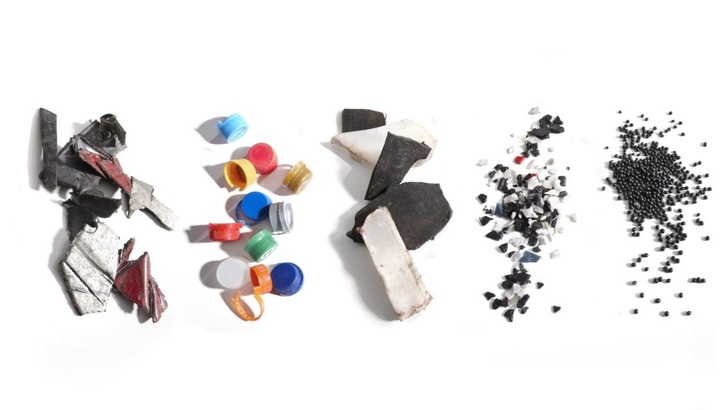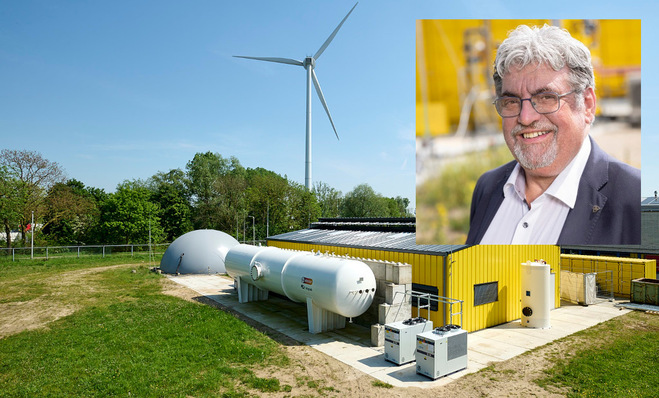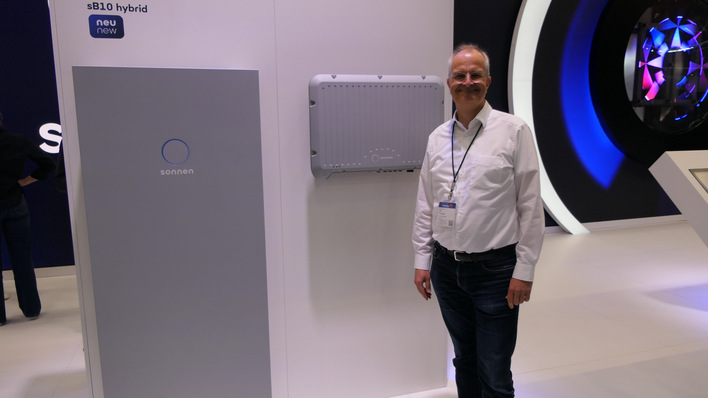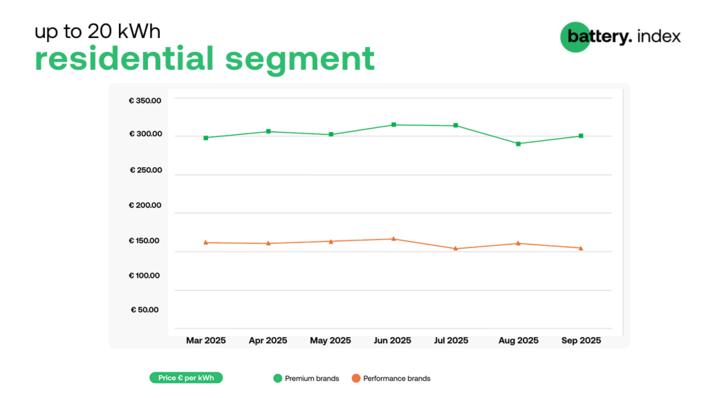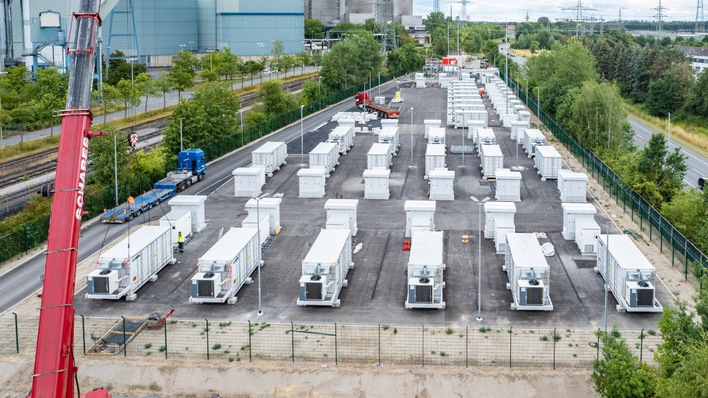The plastic housing of the lead cells is ground up into chips, which are then fully recyclable. The key purchasers are automotive suppliers that produce plastic parts from it. In addition, the battery also contains acid. This accounts for approximately ten percent of the weight. The acid is separated during the process and is used in the chemical industry as a raw material.
Acid, sodium sulphate and so on
Another recycling product is a sodium sulphate solution produced during the desulphurisation of the lead paste. In a crystallisation plant is processed to anhydrous sodium sulphate, a raw material in the glass and detergent industry.
Composition of a conventional lead-acid battery:
55 % paste (lead compounds)
26 % mesh metal (lead and alloying elements)
10.5 % acid
5 % polypropylene
3.5 % residual plastics fraction
Composition of a conventional starter battery:
55 % lead paste
26 % mesh metal
10.5 % acid
5 % polypropylene
3.5 % residual plastics fractions (HS)
Look at this, too:
Storage advice: Recycling means a new business
Stay informed, get our newsletter twice a week: Register here.


